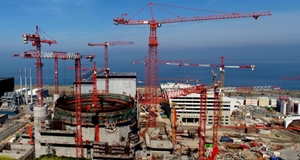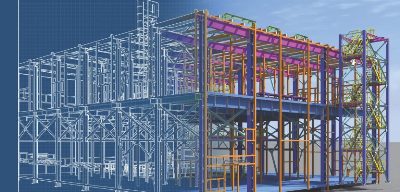How to Prepare for Very Long Industrial Projects
Some industrial projects or programmes can span over very long periods of time for their development phase or even for their execution phase, much more than the typical 3-4 years cycle. Typical examples include nuclear power plants, or very large energy or infrastructure developments. Extreme examples of projects spanning over several decades include nuclear decommissioning or waste disposal facilities. Such long projects generally show a lower success ratio. Specific measures must be contemplated when setting up those projects to address the challenge of their expected duration. Our new White Paper 2022-10 ‘How to Prepare for Very Long Industrial Projects’ exposes some of those challenges and how to prepare for them.
Specific caution should be exercised when contemplating projects which development or execution phases exceeds 3 to 4 years because of the additional complexity involved. Measures must be planned and included in the estimate to cater for the major impacts in terms of human resources, governance, preservation and maintenance, and information systems, that can be sometimes significant both in terms of project resources and budget. In addition, the challenges will easily span across the entire supply chain requiring extensive coordination of all contributors. Because of the importance and reach of the actions needed we believe that a specific executive position should be designated within the project organisation with sufficient overview and authority to address such challenges in a proactive manner.
Read our new White Paper 2022-10 ‘How to Prepare for Very Long Industrial Projects’ to understand better what needs to be anticipated when your project exceeds 3-4 years in execution.
If you can’t access the link to the white paper, copy and paste the following link in your browser: https://www.projectvaluedelivery.com/_library/2022-10_Special_XXLong_duration_projects_v1.pdf











